Older homes have a unique charm that is hard to replicate today—original woodwork, unique architectural details, and a cozy, lived-in feel.
But if there’s one thing that can quickly turn that charm into a headache, it’s plumbing issues. As homes age, so do their plumbing systems, making maintenance key to avoiding costly repairs. Here are some practical tips to keep your older home’s plumbing system in top shape:
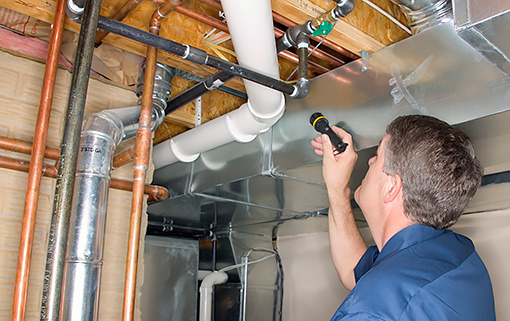
1. Stay Ahead with Regular Inspections
Think of your plumbing system like a vintage car—it needs regular check-ups to keep running smoothly.
Older pipes and fixtures can wear out over time, so schedule inspections with a trusted plumber to catch small problems before they snowball into major repairs. Keep an eye out for signs like rust, corrosion, or worn-out seals.
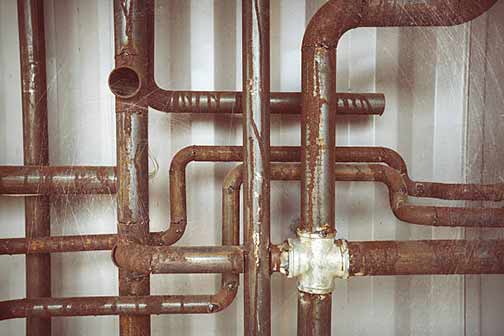
2. Upgrade Those Outdated Pipes
If your home was built before the 1960s, there’s a good chance it still has galvanized steel or lead pipes.
These materials can corrode, rust, and even leach harmful substances into your water. Swapping them out for modern options like copper or PEX pipes is a smart investment in both safety and durability.
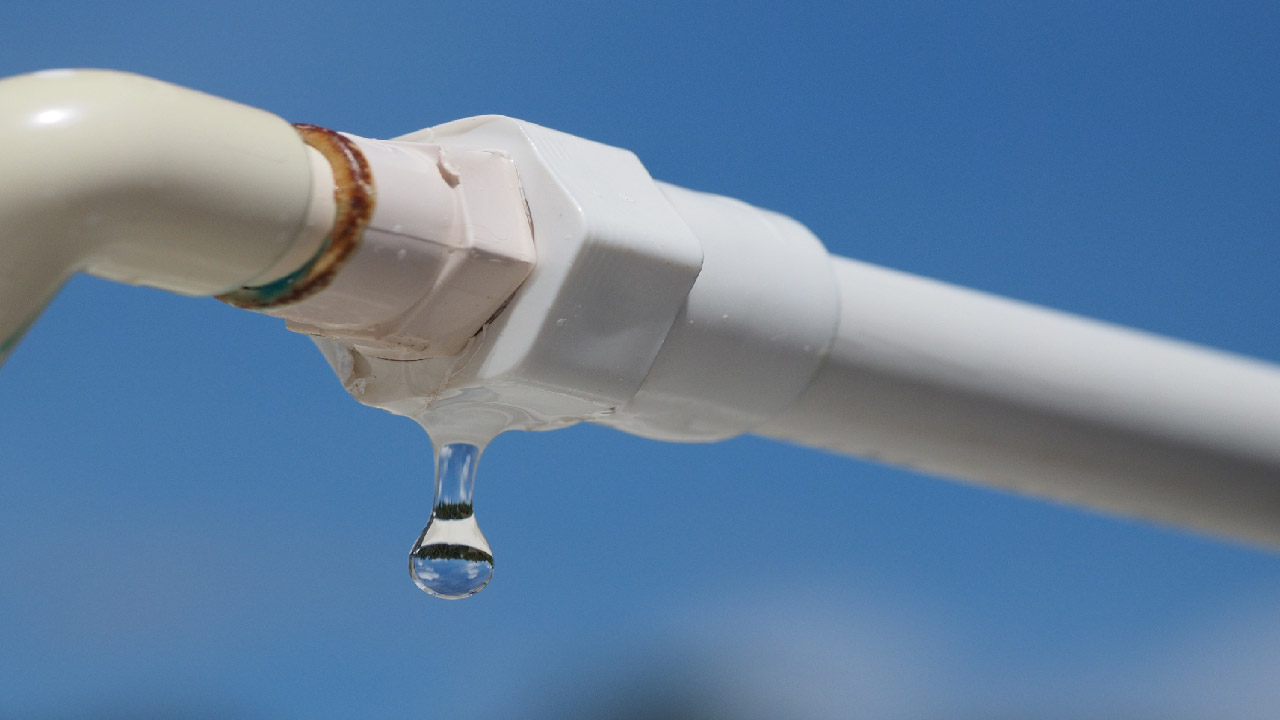
3. Don’t Ignore Small Leaks
Drip, drip, drip—it’s not just annoying, it’s a warning sign.
Even tiny leaks can lead to major water damage if left unchecked. Make it a habit to regularly check under sinks, around faucets, and behind appliances for any signs of moisture. Catching leaks early can save you from costly repairs down the road.
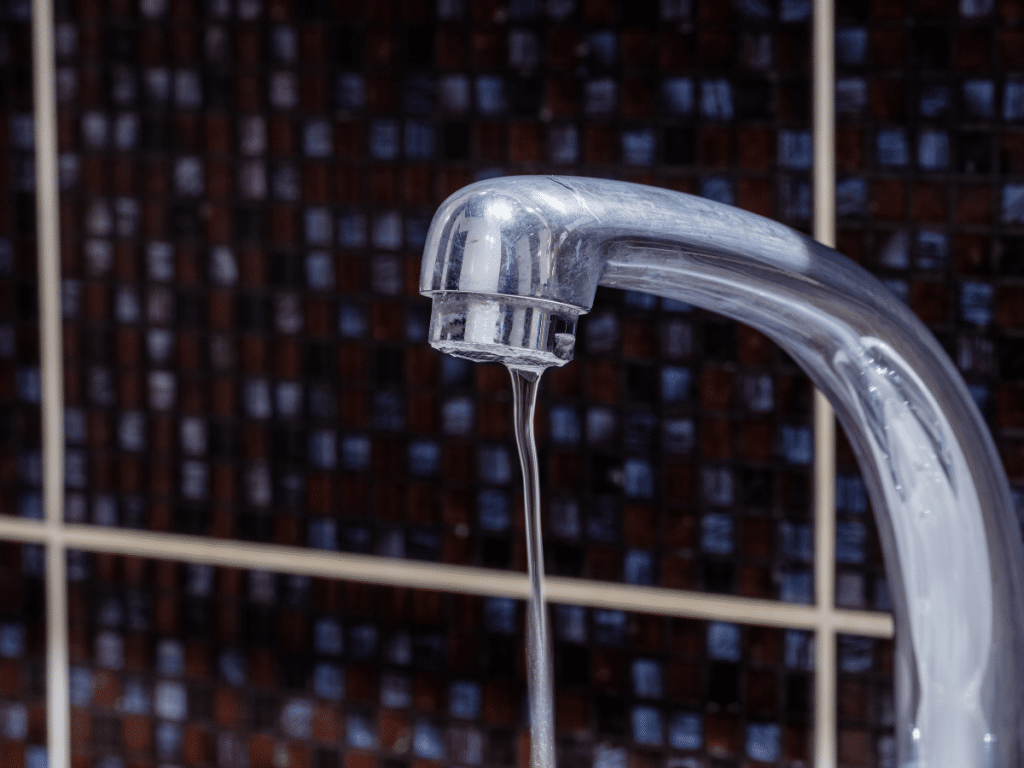
4. Keep an Eye on Water Pressure
Ever notice the water pressure in your shower isn’t quite what it used to be?
Low or inconsistent pressure can be a sign of sediment buildup or blockages in your pipes. Don’t ignore it—call in a plumber to diagnose the issue before it leads to something more serious, like a burst pipe.
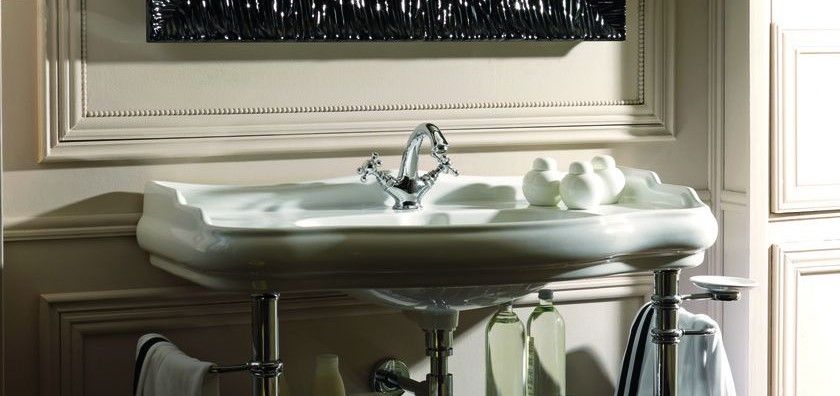
5. Refresh Your Fixtures and Faucets
Vintage fixtures might add character to your home, but they can also be inefficient.
Consider upgrading to modern, water-efficient faucets, shower heads, and toilets. Not only will this improve water flow, but it can also lower your water bill and help conserve water.
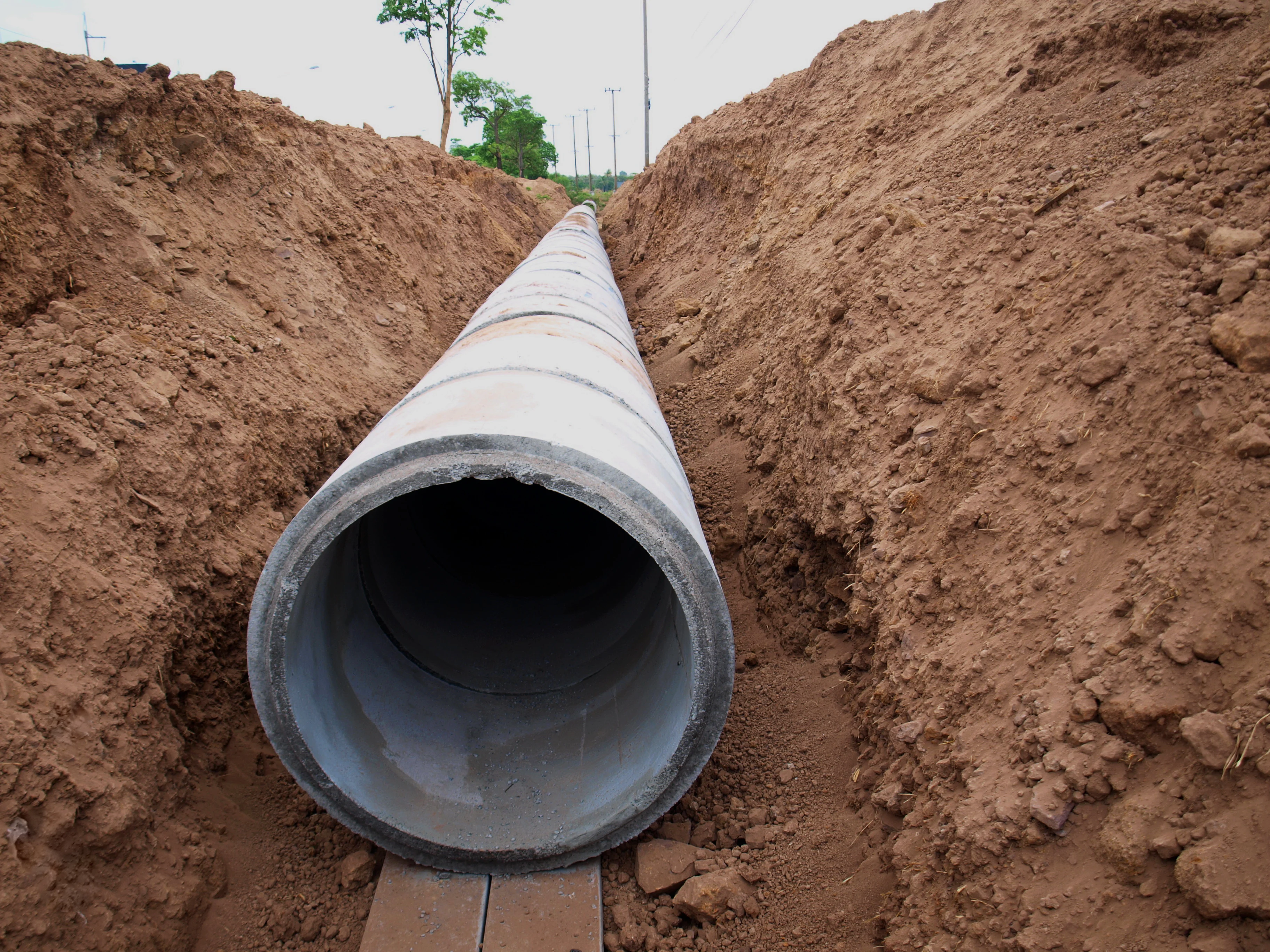
6. Show Some Love to Your Sewer Line
Sewer lines in older homes can be a ticking time bomb.
Tree roots, corrosion, and debris buildup are common culprits behind sewer line issues. Schedule regular cleanings and inspections to prevent unexpected (and messy) backups.
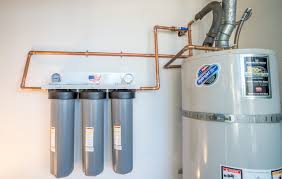
7. Soften Up with a Water Softener
Hard water can be a silent enemy to your plumbing system, causing mineral buildup in pipes and appliances. Installing a water softener can help extend the life of your plumbing and keep water flowing smoothly.
Plus, your skin and hair will thank you!
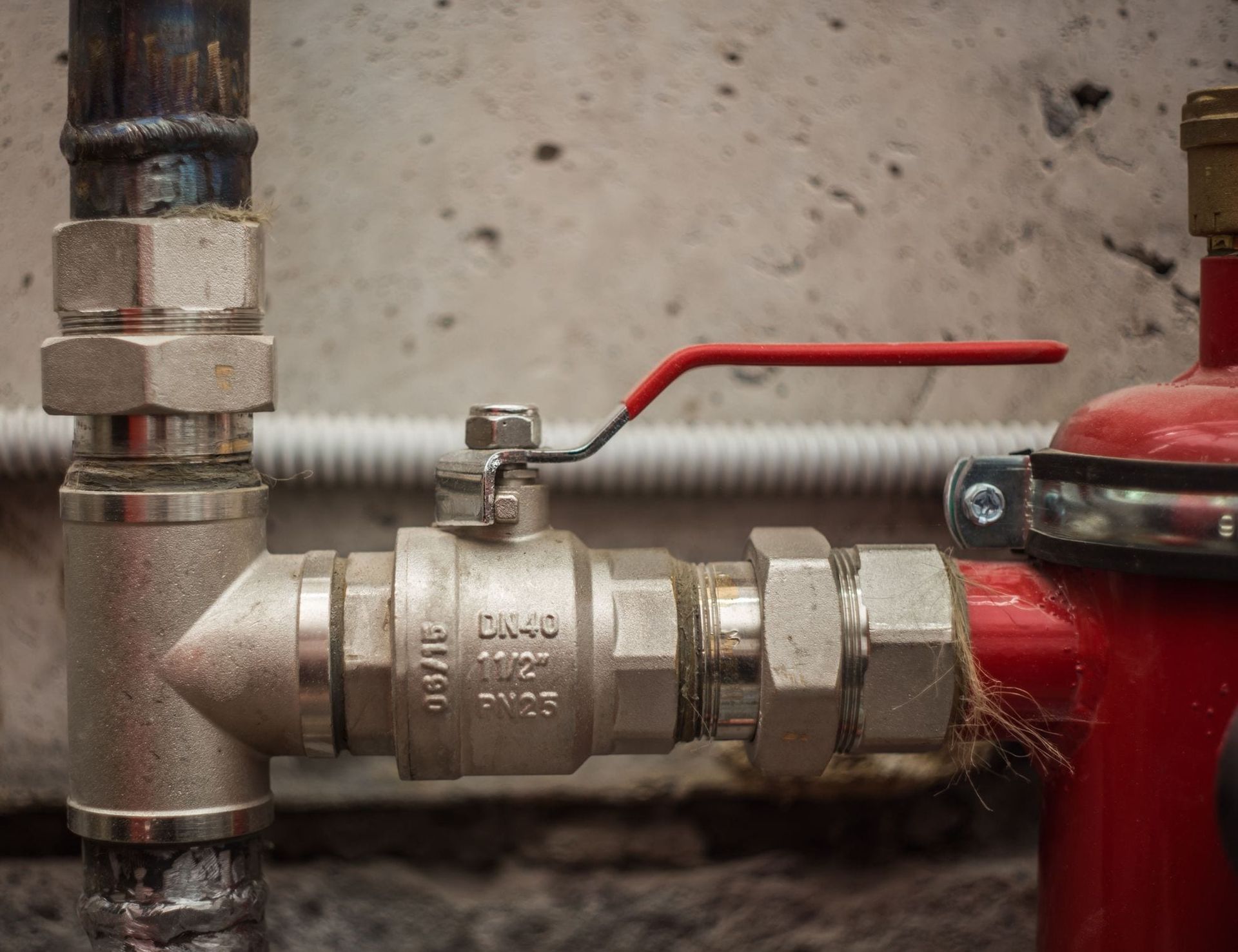
8. Know Where the Shut-off Valves Are
Picture this: a pipe bursts, and water starts gushing everywhere. Do you know where your main water shut-off valve is? In older homes, these valves can be tucked away in hard-to-find places, so take some time to locate them now. Make sure they’re easy to access and in good working order.
Stay Proactive
Taking a proactive approach to your home’s plumbing can save you a lot of headaches (and money) in the long run. With regular maintenance and a few key upgrades, you can enjoy the charm of your older home without worrying about unexpected plumbing disasters. Stay ahead of the game, and keep that vintage vibe alive!
If you have any further questions, don't hesitate to call us today!


